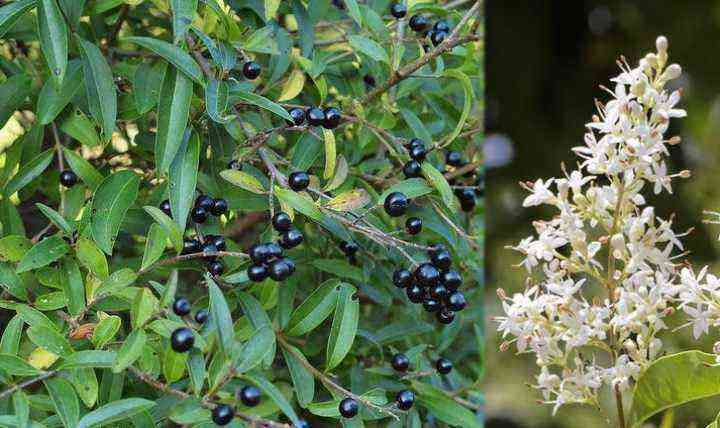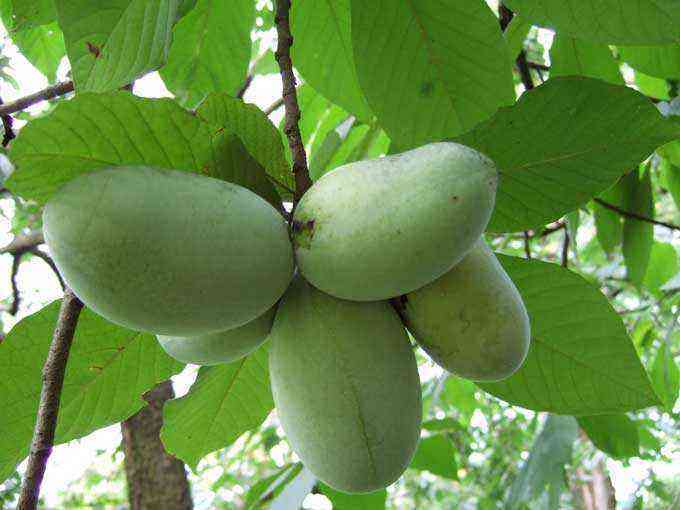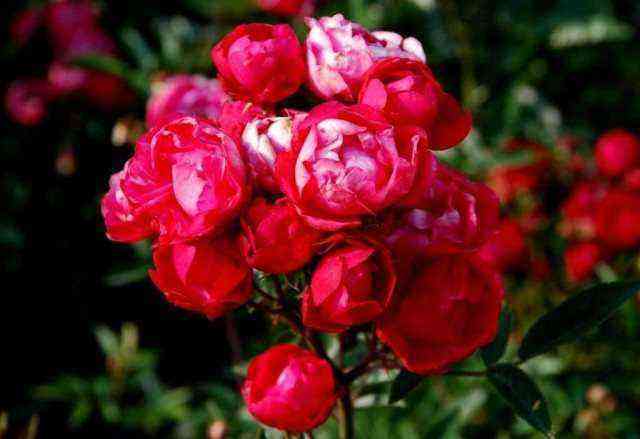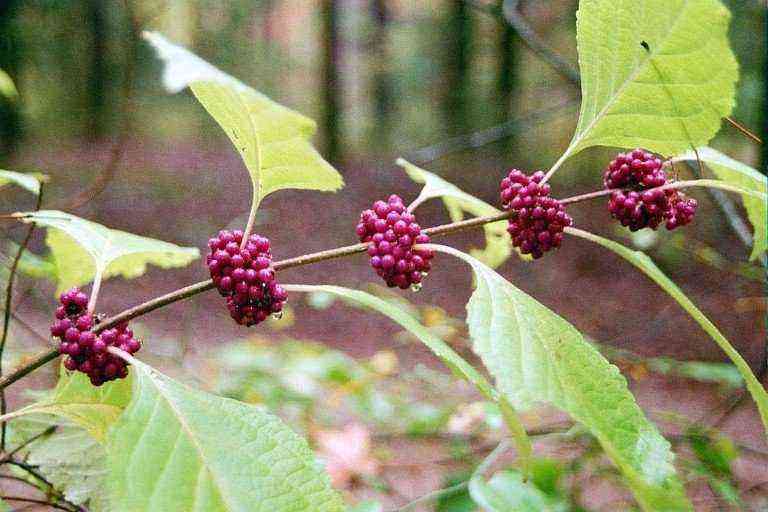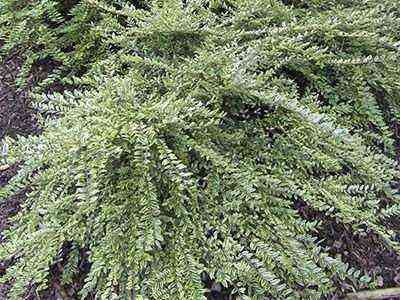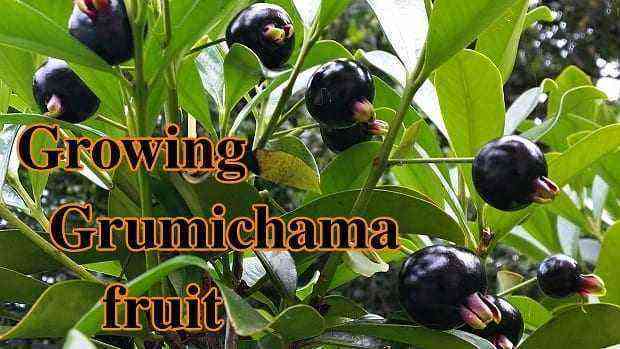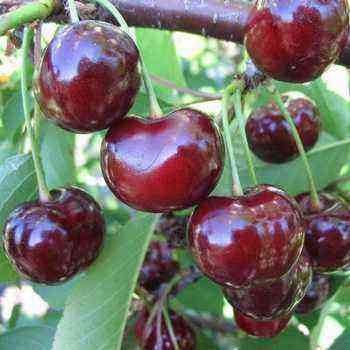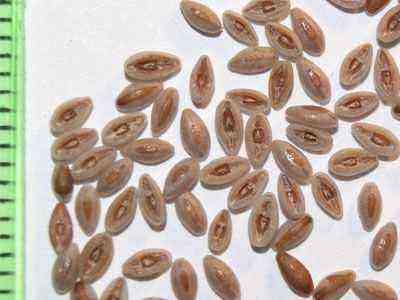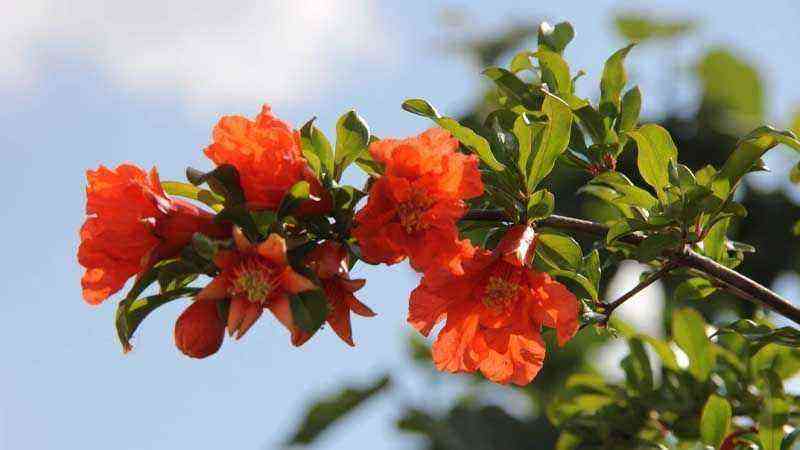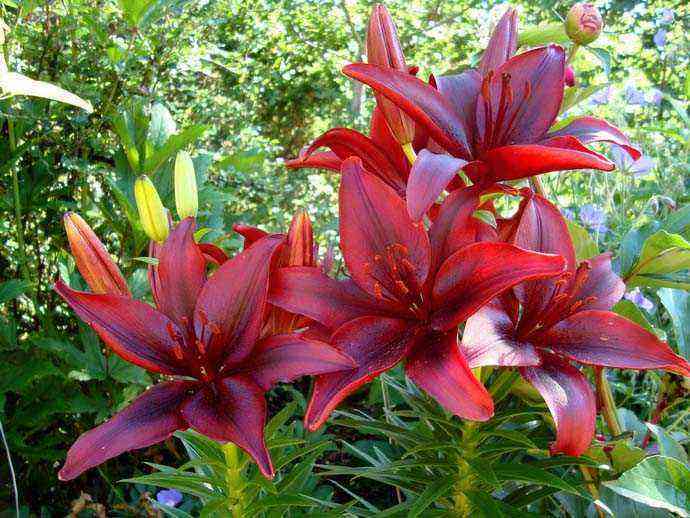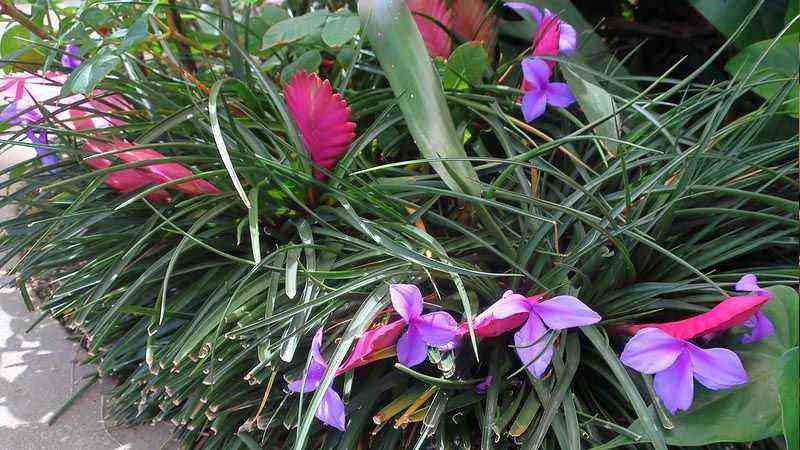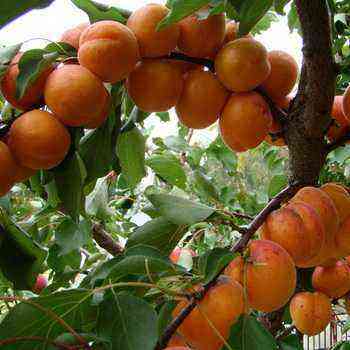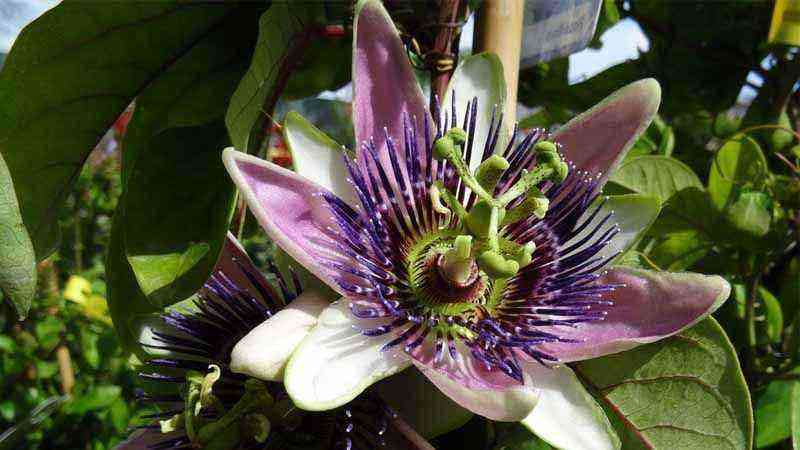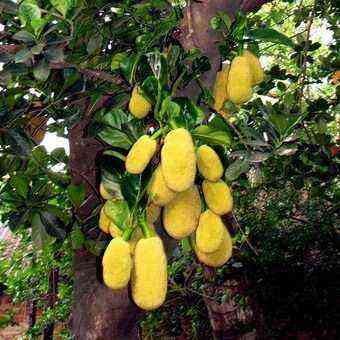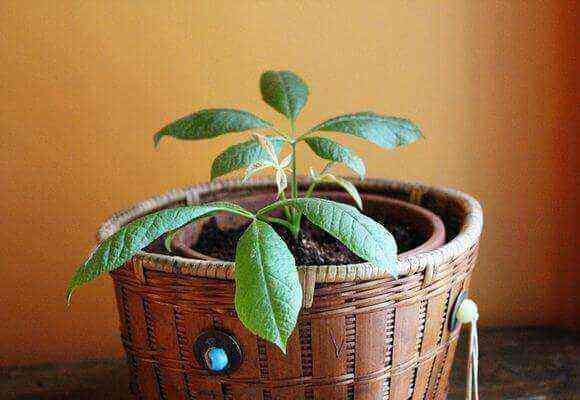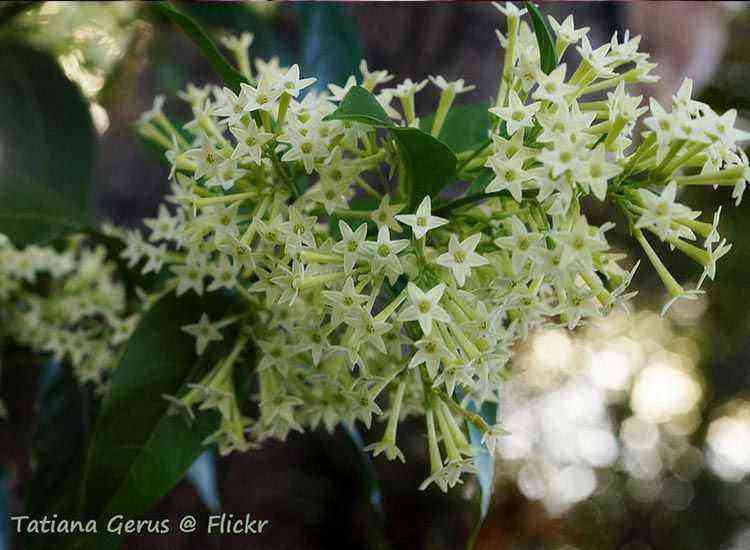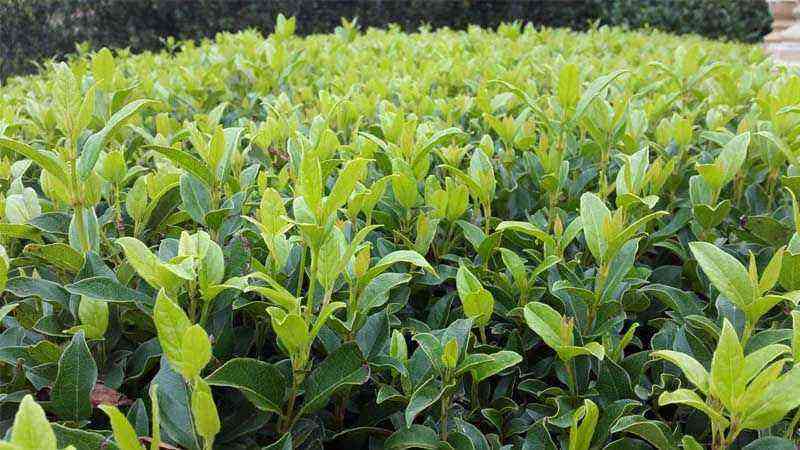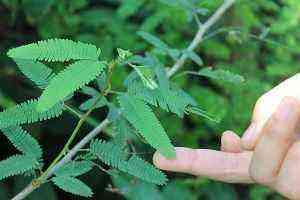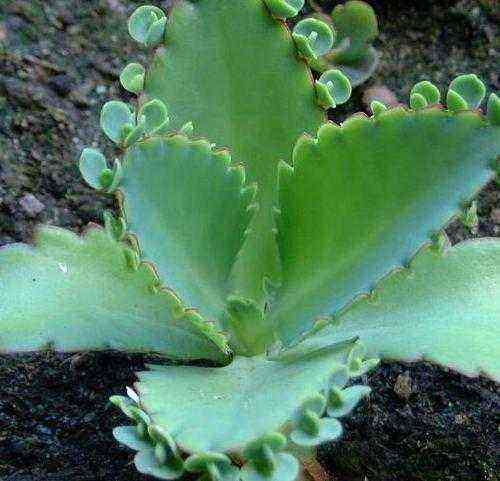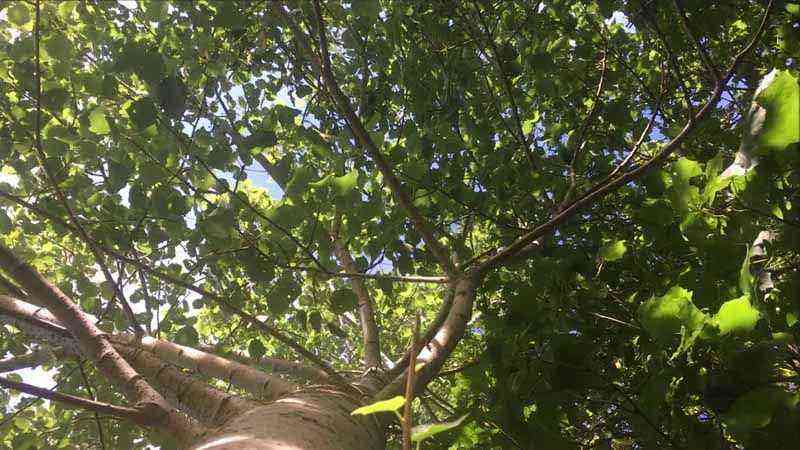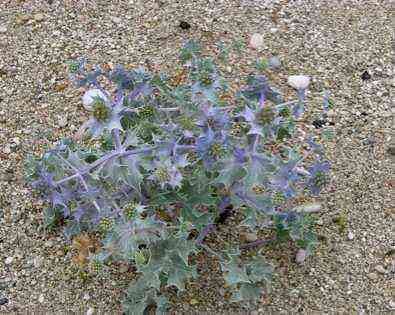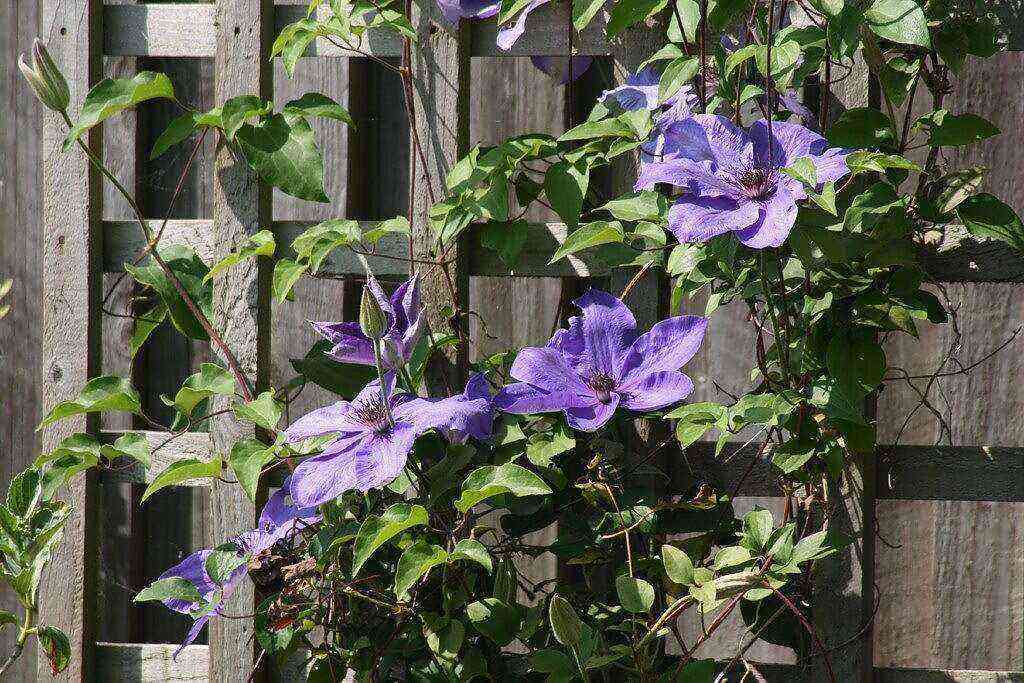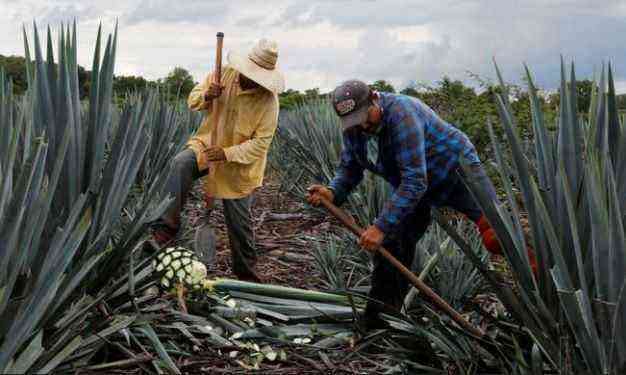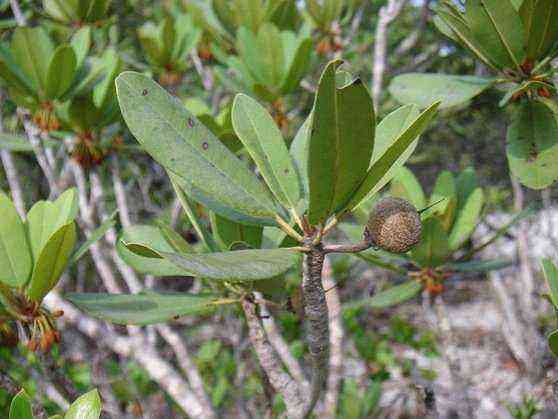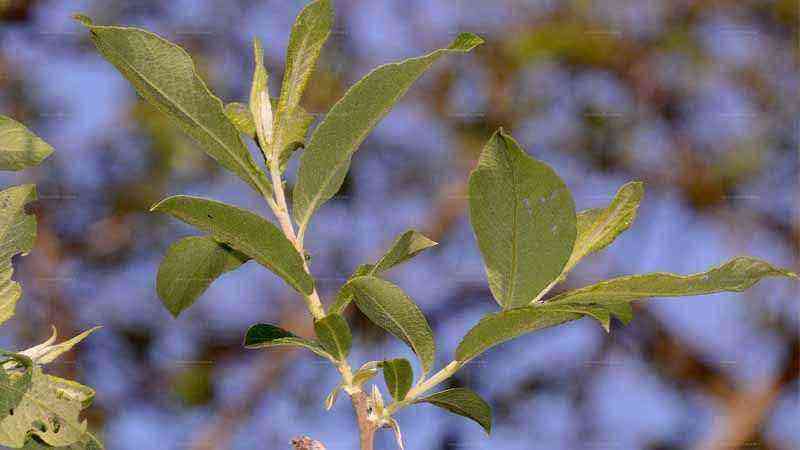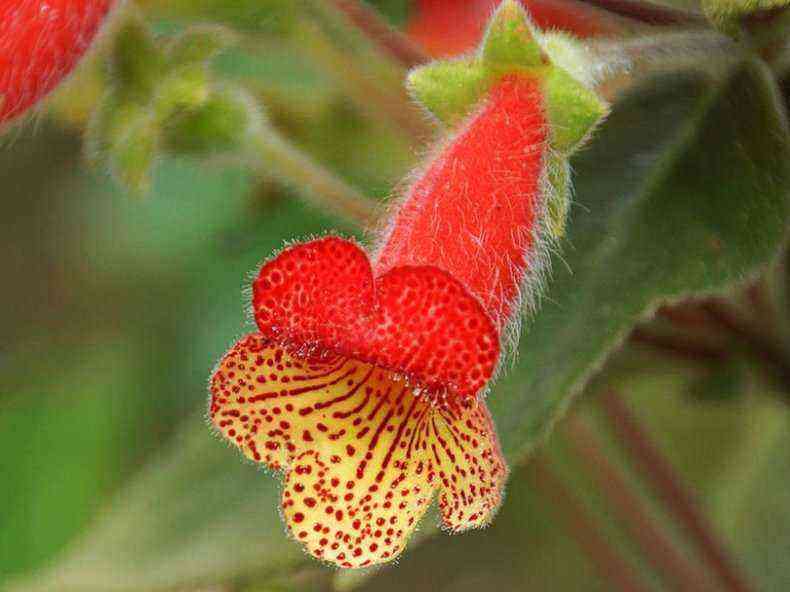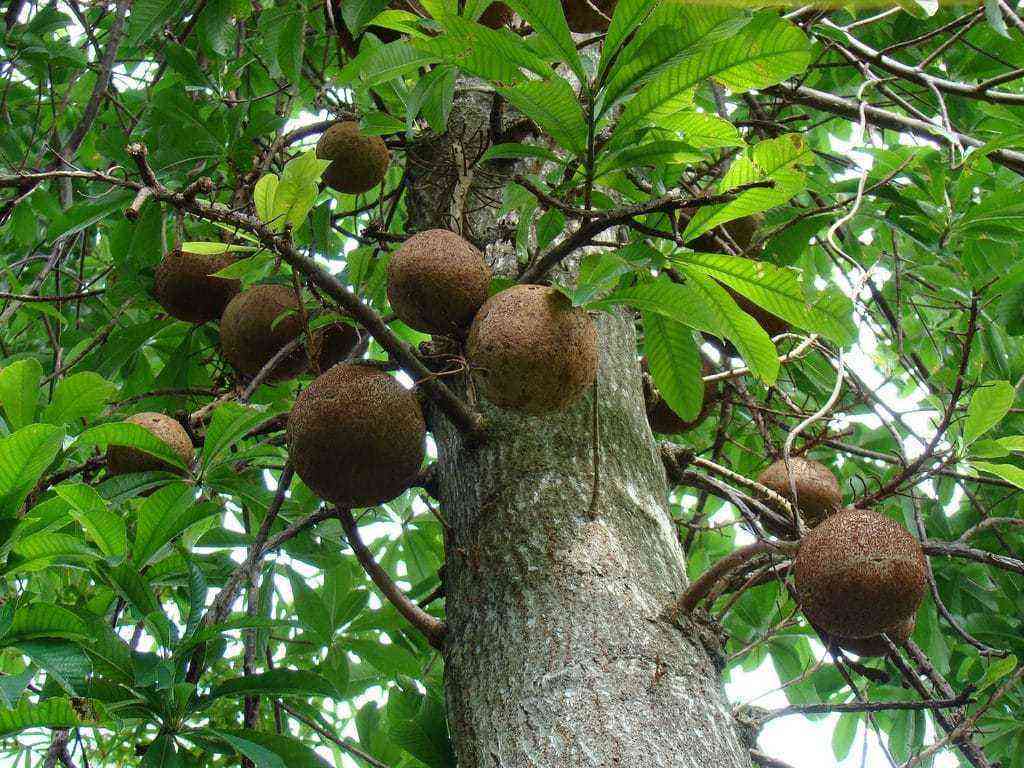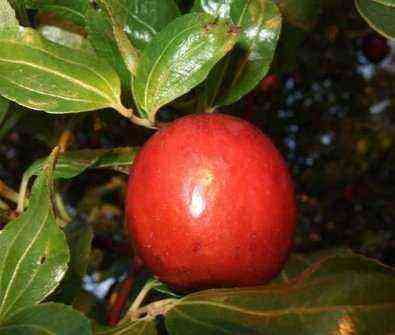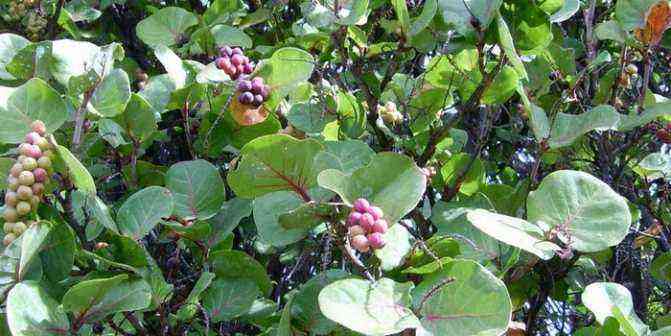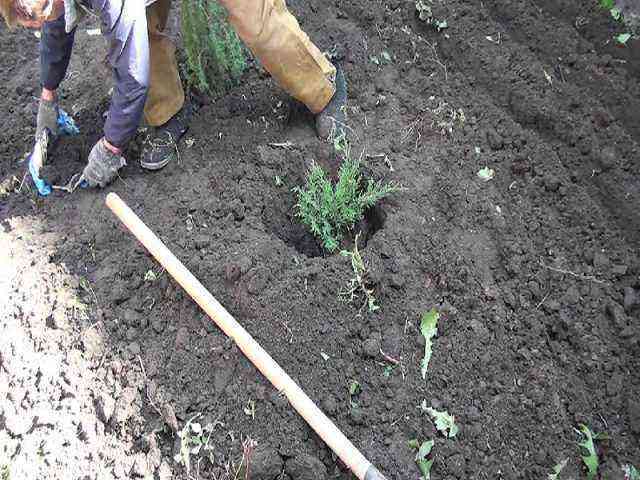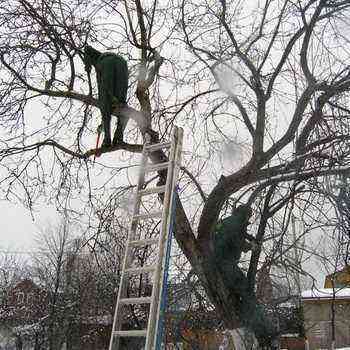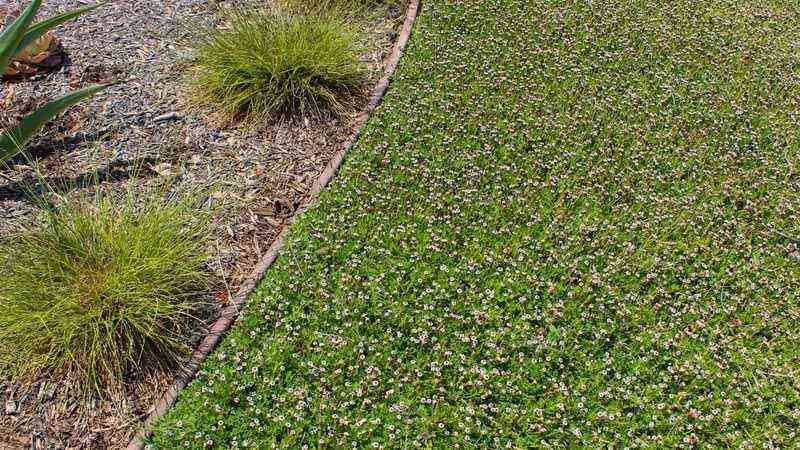We have before us a marvelous family tree Fabacea (legumes). Laburnum alpinum It is a tree with a spectacular fall flowering, perfect to cover any corner of your garden.
In this guide we are going to teach you the main characteristics, cultivation and recommendations to keep it in perfect condition.
A tree of great resistance that allows it to adapt to all kinds of conditions and weather, as we will see in the recommendations and care.
Characteristics Laburnum alpinum
Laburnum alpinum, commonly called elbow of the alps, it is not a very well known tree. In fact, you will not find much information on the net and only small references in encyclopedias and botanical books.
This deciduous tree (leaves fall off in winter) is striking due to the yellow blooming in clusters that falls from its branches, very similar to the wisteria that also bloom in spring.
Regarding sizes, some references classify Laburnum alpinum like a tree and others like a shrub, since it does not acquire a very large size and covers more surface in width than in length.
Its leaves are also characteristic, since they have clover shape, with a dark green color. Its origin is dated from the Baltic countries, the Southern Alps, the Czech Republic and Yugoslavia, although today it can be found widely in countries such as Scotland.
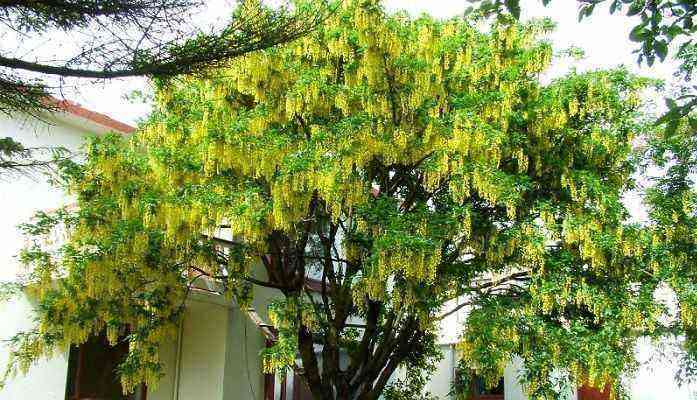

Laburnum summary data
- Scientific name: Laburnum alpinum
- Common name: elbow of the alps
- Family: Fabaceae
- Origin: Central and southern europe
- Height: from 3 to 6 meters
- Suggested use: garden corner, tree or hedge by pruning
[alert style=»yellow»]Laburnum alpinum it is toxic in practically all parts of the tree. Therefore, it is recommended not to grow it if we have small children or pets. [/ alert]
Cultivation of Laburnum alpinum
We turn to the agronomic characteristics, an important reading to make the decision if it can be adapted to our garden.
Soil characteristics and moisture
When choosing the place, we have to have a floor that has good drainage characteristics, not being excessively clayey.
Those that have more than 1% organic matter are those that show greater root development and growth.
However, it is used, given its rusticity, to soils poor in humus and even stony soils.
It is important to maintain a constant, but light humidity. This, in terms of flow, we would speak of 3 weekly irrigations of 1 hour duration (and 2 drippers of 4 L / h) in the hottest months, and 1 weekly irrigation of 30 minutes or nothing (depending on rainfall) in winter.
Be very careful with excess irrigation or drainage problems, since Laburnum alpinum does not tolerate puddles.
It is important to ensure a moisture balance in the soil, something that is often offered by a silty or slightly clayey soil.
On sandy soils we will have to increase the frequency of irrigation and contribute less to each of them. In this way, we will guarantee constancy in the water supply and it is something that our LAbumius You will appreciate it.
Climatology
The weather conditions of the areas where it develops Laburnum alpinum They are complicated in winter, being a tree very resistant to cold when it does not have fresh parts (leaves, fruits, flowers or stems).
The area where it develops the most is the one with both summers and moderate winters, without excessive temperature variation.
It is moderately demanding at lighting conditions. Due to its size, it is possible that both palm trees and pine trees can shade it in the garden. This is possible only if that shade is during the middle of the day.
There will be no problem if we plant our Laburnum alpinum in an area of our garden with total exposure to the Sun.
Under these criteria, in a short time it will reach a size of several meters high, since is considered a fast growing species.


Tips for spring
In spring, the flowering time of the Laburnum alpinum, We can create a mulching of leaves and manure that guarantees to improve the soil conditions and, in turn, homogenize the soil moisture.
It is not necessary to add inorganic fertilizers, but a 20-10-10 type mixture in spring, at a rate of 150-200 grams per tree, is advisable to promote flowering and growth.
What uses can I give it in my garden?
Both for the size and for the characteristics of its flowering, Laburnum alpinum It is indicated to grow it only in one of the edges of the garden or outside the house.
As we have said, its location can be in full sun or semi-shade.
Pests and diseases Laburnum alpinum
Although it is not very characteristic and there is no accurate information on the pests and diseases that affect Laburnum, yes some references have been found.
In spring and, depending on the weather conditions, it can be affected by the fungus Diplodia natalensis, known as branch blight.
El chancre It is also a common disease, which can be corrected with contributions of copper on wounds or pruning cuts.
Between pests, it is common to see some aphids o mealybugs located between the leaves and young branches. They can be eliminated without major problems with broad-spectrum insecticides or ecological treatments based on oils or soaps.
Multiplication
Although it is not very common, from the pods (note that they are poisonous!) The seeds can be extracted and the multiplication of Laburnum alpinum.
It is not a difficult species to germinate through its seed and you will achieve it quickly and with a good% germination.
Follow the advice on the germination of plants that we give, as well as its subsequent transplant once it has acquired at least 15 cm in height.
In many cases, it is recommended to wait at least 1 until finally planting it in the garden.
